Home>Gardening & Outdoor>Landscaping Ideas>How To Grow Grass With Seeds
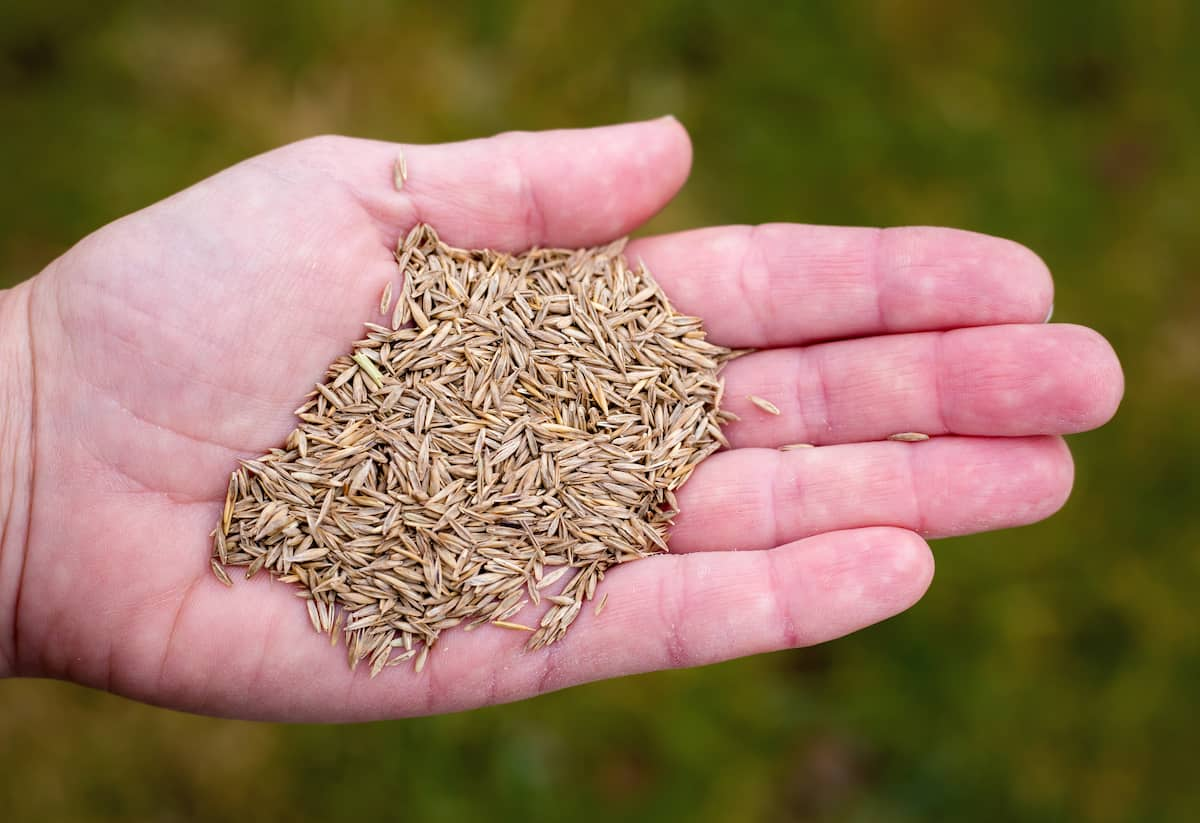

Landscaping Ideas
How To Grow Grass With Seeds
Modified: February 18, 2024
Learn effective landscaping ideas for growing grass with seeds. Discover expert tips and techniques to achieve a lush and healthy lawn.
(Many of the links in this article redirect to a specific reviewed product. Your purchase of these products through affiliate links helps to generate commission for Storables.com, at no extra cost. Learn more)
Introduction
Welcome to the wonderful world of landscaping and gardening! If you’re looking to transform your outdoor space into a lush, green paradise, growing grass from seeds is a fantastic and rewarding endeavor. Whether you’re starting from scratch with a bare patch of earth or rejuvenating an existing lawn, the process of growing grass from seeds can be both fulfilling and surprisingly straightforward.
By choosing the right type of grass seed, preparing the soil properly, and providing the necessary care and maintenance, you can achieve a vibrant and healthy lawn that will be the envy of your neighborhood. In this comprehensive guide, we’ll walk you through the step-by-step process of growing grass from seeds, covering everything from selecting the best grass seed for your specific climate and soil conditions to watering, fertilizing, and ongoing maintenance tips.
So, roll up your sleeves, grab your gardening tools, and let’s dive into the exciting journey of growing lush, green grass from seeds!
Key Takeaways:
- Choose the right grass seed based on your climate, soil, sunlight, and usage needs to create a thriving and resilient lawn that suits your outdoor space.
- Prepare the soil, sow the seeds, and provide attentive care to grow a lush, green lawn that enhances the beauty of your home and provides a welcoming space for relaxation and enjoyment.
Read more: How To Grow Seed
Choosing the Right Type of Grass Seed
When it comes to selecting the right type of grass seed for your lawn, there are several important factors to consider. The climate, soil type, sun exposure, and intended use of the lawn all play a crucial role in determining the most suitable grass variety for your specific needs.
First and foremost, it’s essential to assess the climate of your region. Different grass species thrive in varying climate conditions. For instance, cool-season grasses such as Kentucky bluegrass, fescue, and ryegrass are well-suited to regions with cold winters and moderate summers. On the other hand, warm-season grasses like Bermuda grass, Zoysia grass, and St. Augustine grass are better suited to areas with hot summers and mild winters.
Next, consider the soil type in your area. Some grass species prefer well-drained soils, while others can tolerate heavier, clay-based soils. Conduct a soil test to determine the pH level and nutrient content of your soil, as this information will help you select a grass seed mix that is best suited to your soil conditions.
Furthermore, evaluate the sun exposure in your lawn. Is it predominantly sunny, partially shaded, or mostly shaded? Different grass varieties have varying sun requirements, so it’s crucial to choose a seed mix that matches the sunlight conditions in your outdoor space.
Finally, think about the intended use of your lawn. Are you looking to create a play area for children and pets, a visually appealing landscape, or a low-maintenance green space? Each of these purposes may call for a different type of grass seed, such as durable and resilient varieties for high-traffic areas or fine-textured grasses for ornamental lawns.
By carefully considering these factors and consulting with local gardening experts or nurseries, you can make an informed decision when choosing the right type of grass seed for your lawn. Remember, the key is to select a grass variety that aligns with your climate, soil, sunlight, and usage requirements to ensure a thriving and resilient lawn.
Preparing the Soil for Planting
Before sowing grass seeds, it’s crucial to prepare the soil to create an optimal environment for seed germination and root development. Proper soil preparation sets the stage for a healthy and robust lawn, allowing the grass seeds to take root and flourish.
The first step in soil preparation is to clear the area of any debris, including rocks, weeds, and existing vegetation. Use a rake or a garden hoe to remove these obstructions, ensuring a clean and even surface for planting.
Next, assess the soil’s texture and structure. If the soil is compacted or lacks adequate drainage, consider aerating the area to improve soil porosity and water infiltration. Aerating can be done using a manual aerator tool or a motorized aerating machine, which creates small channels in the soil to promote air and water movement.
Once the soil is cleared and aerated, it’s time to address its nutrient content. Conduct a soil test to determine the pH level and nutrient composition of the soil. Based on the test results, you may need to amend the soil with organic matter, such as compost or well-rotted manure, to improve its fertility and structure.
After amending the soil, use a garden tiller or a hand cultivator to incorporate the organic matter evenly into the topsoil. This step helps distribute nutrients and improve soil texture, creating an ideal seedbed for the grass seeds.
Finally, ensure that the soil surface is smooth and level before planting the grass seeds. Use a garden roller or a lawn roller to firm the soil slightly, providing good seed-to-soil contact without compacting the soil excessively.
By following these soil preparation steps, you can create an environment that is conducive to successful grass seed germination and establishment. Well-prepared soil sets the foundation for a thriving lawn, allowing the grass seeds to develop strong roots and ultimately contribute to the lush, green landscape you envision.
Planting the Grass Seeds
Now that the soil is properly prepared, it’s time to embark on the exciting process of planting grass seeds. Whether you’re overseeding an existing lawn or starting from scratch, the following steps will guide you through the seed sowing process to ensure optimal germination and establishment.
Begin by selecting a high-quality grass seed mix that aligns with your specific lawn requirements and environmental conditions. Consider factors such as sun exposure, soil type, and climate suitability when choosing the right seed blend for your lawn.
Once you have the grass seed mix in hand, it’s essential to sow the seeds at the appropriate time of year. Cool-season grasses are best planted in early fall or early spring, while warm-season grasses thrive when sown in late spring or early summer. Timing the seed sowing with favorable weather conditions can significantly enhance the germination and establishment of the grass seeds.
Before sowing the seeds, divide the calculated amount of seed into two equal portions. Spread one portion of the seed evenly across the designated area, walking in one direction. Then, spread the remaining seed in a perpendicular direction to ensure thorough coverage and uniform distribution of the seeds.
After spreading the seeds, use a rake to lightly incorporate the seeds into the topsoil. This gentle raking helps ensure good seed-to-soil contact, which is essential for successful germination and root development.
Once the seeds are sown and lightly raked, gently water the area using a fine mist or a gentle spray attachment on a garden hose. Avoid using a heavy stream of water, as this can displace the seeds and hinder their germination. Keep the soil consistently moist, but not waterlogged, to support seed germination and early growth.
As the seeds germinate and the grass begins to establish, continue to provide regular and light watering to support healthy growth. Be mindful of foot traffic on newly seeded areas, as the delicate seedlings require time to develop strong roots and establish themselves in the soil.
By following these steps and providing attentive care during the early stages of growth, you can set the stage for a vibrant and resilient lawn that will bring beauty and joy to your outdoor space.
Water the seeded area lightly and frequently to keep the soil moist, but not waterlogged. This will help the grass seeds germinate and establish a strong root system.
Watering and Fertilizing
Proper watering and fertilizing are essential components of nurturing young grass seedlings and promoting a healthy, lush lawn. By understanding the watering and fertilization needs of your newly planted grass seeds, you can provide the optimal care to support their growth and development.
After sowing the grass seeds, it’s crucial to maintain consistent soil moisture to facilitate germination and early growth. Water the newly seeded area lightly and frequently, keeping the soil consistently moist but not waterlogged. Avoid allowing the soil to dry out, as this can impede seed germination and hinder the establishment of the grass seedlings.
As the grass seedlings begin to emerge and establish, gradually transition to a deeper and less frequent watering schedule. This encourages the development of deep and robust root systems, making the grass more resilient to drought conditions in the future.
When it comes to fertilizing newly seeded lawns, it’s important to use a starter fertilizer specifically formulated for young grass seedlings. These fertilizers are designed to provide essential nutrients that support early growth and establishment. Apply the starter fertilizer according to the manufacturer’s instructions, ensuring even coverage across the seeded area.
As the grass continues to grow and mature, consider conducting a soil test to assess its nutrient requirements. Based on the test results, you can apply a balanced granular fertilizer to provide the necessary nutrients for healthy and vigorous growth. Follow the recommended application rates and timing for the specific grass species in your lawn.
When fertilizing established lawns, consider using a slow-release nitrogen fertilizer to promote steady and sustained growth. These fertilizers release nutrients gradually over time, reducing the risk of excessive growth spurts and minimizing the need for frequent applications.
Remember to water the lawn thoroughly after applying fertilizer to help the nutrients penetrate the soil and reach the grass roots effectively. Avoid fertilizing during periods of drought or heat stress, as this can place additional strain on the grass and may lead to burn or damage.
By providing appropriate watering and fertilization, you can nurture your newly planted grass seeds into a thriving and resilient lawn, creating a verdant oasis that enhances the beauty of your outdoor space.
Read more: How To Grow Moringa Seeds
Mowing and Maintenance Tips
Once your grass has established and grown to an optimal height, regular mowing becomes an essential aspect of lawn maintenance. Proper mowing practices not only contribute to the aesthetic appeal of your lawn but also support the overall health and vigor of the grass plants.
Before mowing, ensure that the grass is dry to achieve a clean and even cut. Wet grass can clump and create an uneven mowing surface, potentially leading to an unkempt appearance and hindering the grass’s growth.
Adjust the mower to the recommended height for your specific grass species. Different grass varieties have distinct height preferences, and it’s important to adhere to these guidelines to maintain the health and resilience of the lawn. Avoid cutting more than one-third of the grass blade length at a time to prevent stress and damage to the plants.
Regularly sharpen the mower blades to ensure a clean and precise cut. Dull blades can tear the grass, leading to ragged edges and increased susceptibility to disease and stress. Sharp blades promote healthy regrowth and contribute to a well-manicured lawn appearance.
Consider leaving grass clippings on the lawn after mowing, as they can provide valuable nutrients to the soil and contribute to natural fertilization. This practice, known as grasscycling, helps return essential nutrients to the lawn, reducing the need for additional fertilization and supporting sustainable lawn care.
Implement a regular mowing schedule based on the growth rate of your grass and the recommended mowing height. Avoid cutting the grass too short, as this can weaken the plants and make them more susceptible to environmental stressors and weed invasion.
Aside from mowing, ongoing maintenance tasks such as aerating, dethatching, and overseeding can contribute to the long-term health and vitality of your lawn. Aerating the soil improves air and water penetration, while dethatching removes excessive organic debris that can hinder grass growth. Overseeding helps replenish the lawn with new grass plants, promoting a dense and resilient turf.
Lastly, be mindful of pest and weed control to prevent infestations and maintain the integrity of your lawn. Regularly inspect the lawn for signs of pests or invasive weeds, and take appropriate measures to address any issues promptly.
By incorporating these mowing and maintenance tips into your lawn care routine, you can cultivate a vibrant and well-groomed lawn that enhances the beauty of your outdoor environment and provides a welcoming space for relaxation and enjoyment.
Conclusion
Congratulations on embarking on the journey of growing lush, green grass from seeds! By following the comprehensive steps outlined in this guide, you’ve gained valuable insights into the process of transforming bare soil into a vibrant and thriving lawn. From selecting the right type of grass seed to providing attentive care and maintenance, you’ve equipped yourself with the knowledge and tools to create a verdant oasis in your outdoor space.
Remember, the key to successful grass seed germination and establishment lies in careful planning, diligent soil preparation, and thoughtful attention to watering, fertilizing, and ongoing maintenance. By understanding the unique requirements of your grass species and tailoring your care practices to meet those needs, you can nurture a resilient and visually stunning lawn that enhances the beauty of your home.
As you witness the tender green shoots emerge from the soil and gradually transform into a lush carpet of grass, take pride in the nurturing role you play in fostering new life and natural beauty. Your dedication and care will be reflected in the vibrancy and health of your lawn, creating a welcoming and inviting outdoor space for relaxation, recreation, and connection with nature.
So, as you continue your journey of tending to your growing lawn, remember to enjoy the process and celebrate the milestones along the way. Whether it’s the first mowing session, the sight of fresh blades of grass reaching for the sun, or the joy of hosting gatherings on your verdant lawn, each moment is a testament to the rewards of your efforts.
Embrace the beauty of your flourishing lawn, and let it serve as a testament to the transformative power of patience, care, and dedication. Your thriving grass is not just a testament to your gardening skills, but a living testament to the natural wonders and joys of the outdoor world.
So, go ahead, step onto your lush green carpet and revel in the beauty you’ve cultivated. Your grassy haven awaits, ready to provide a tranquil and captivating backdrop for your outdoor adventures and cherished moments with loved ones.
Frequently Asked Questions about How To Grow Grass With Seeds
Was this page helpful?
At Storables.com, we guarantee accurate and reliable information. Our content, validated by Expert Board Contributors, is crafted following stringent Editorial Policies. We're committed to providing you with well-researched, expert-backed insights for all your informational needs.
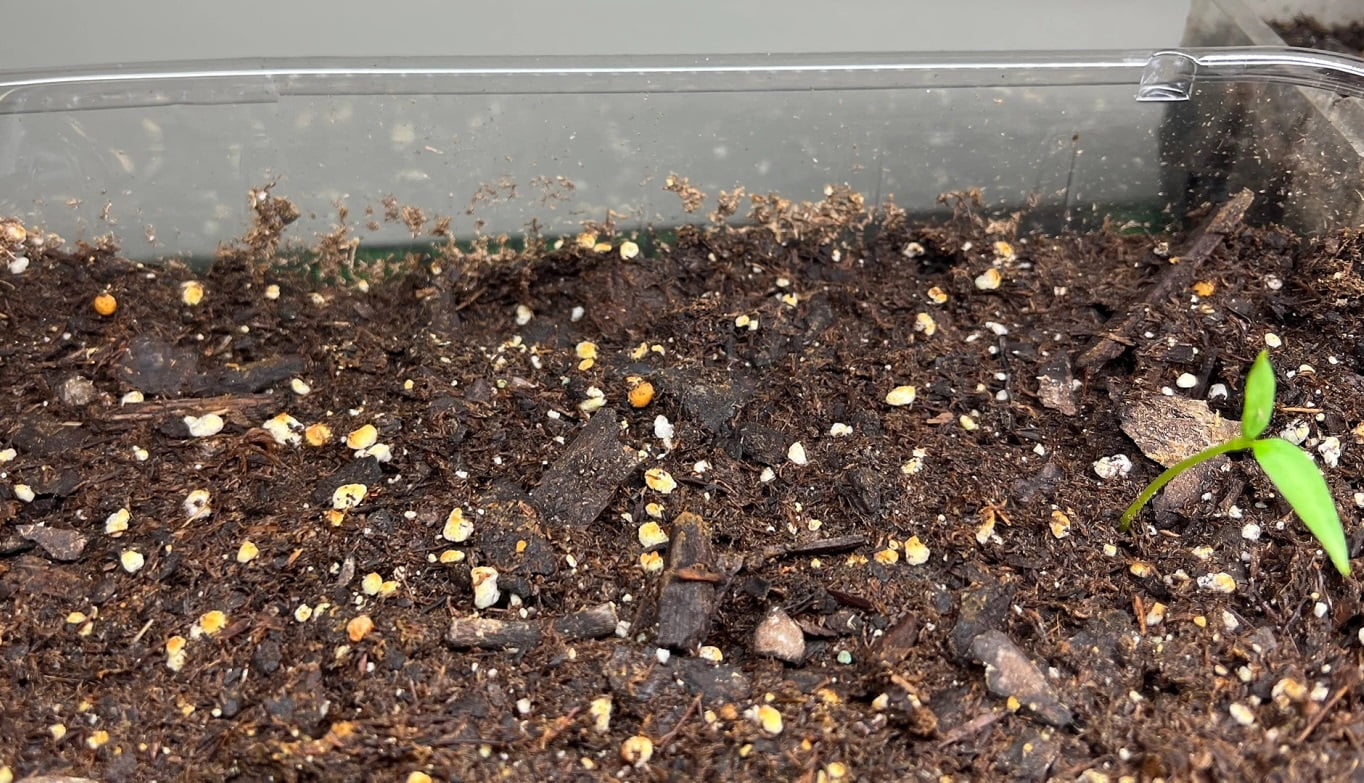
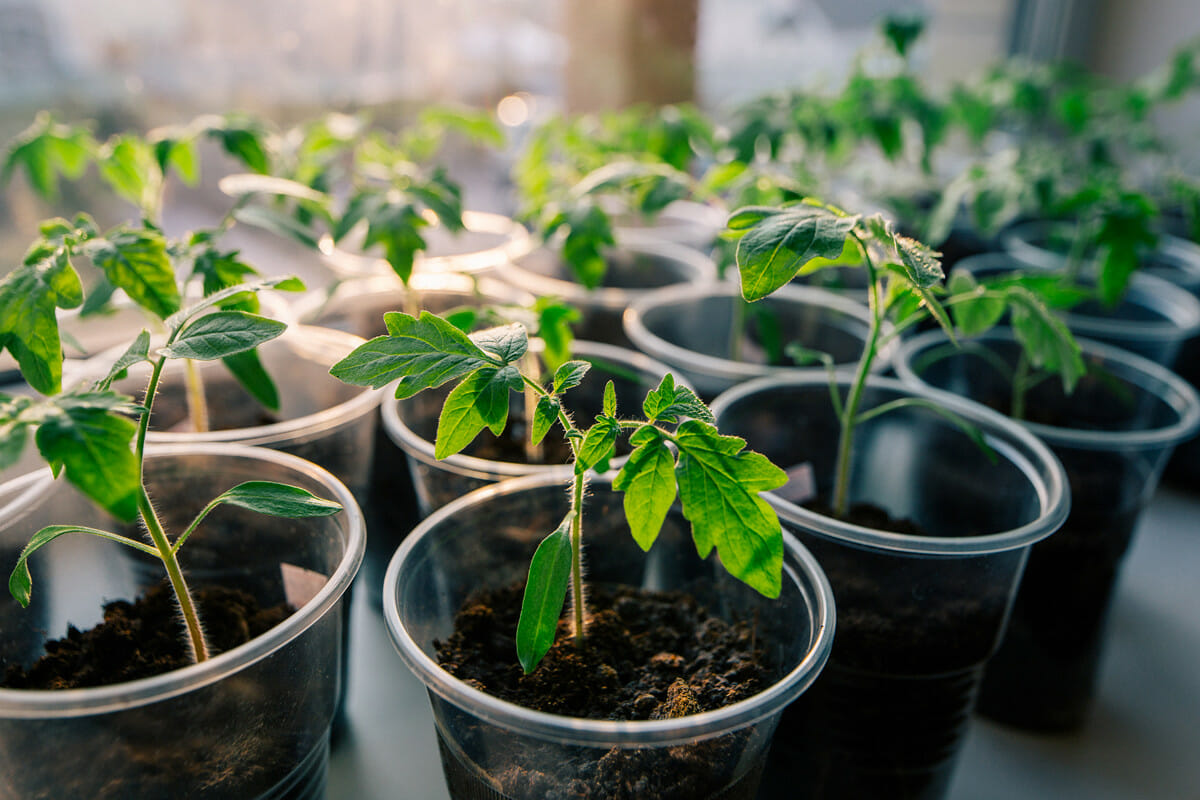
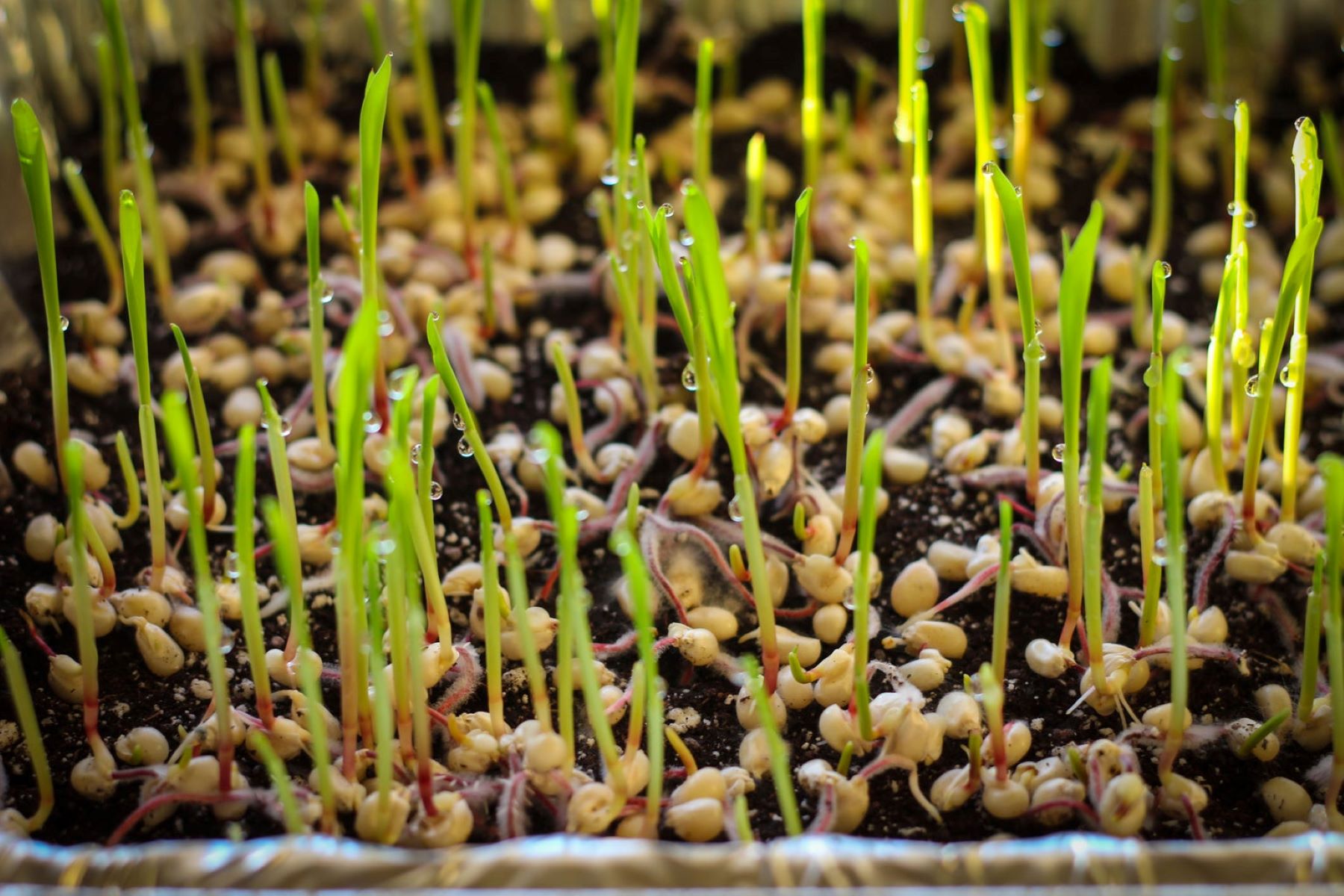
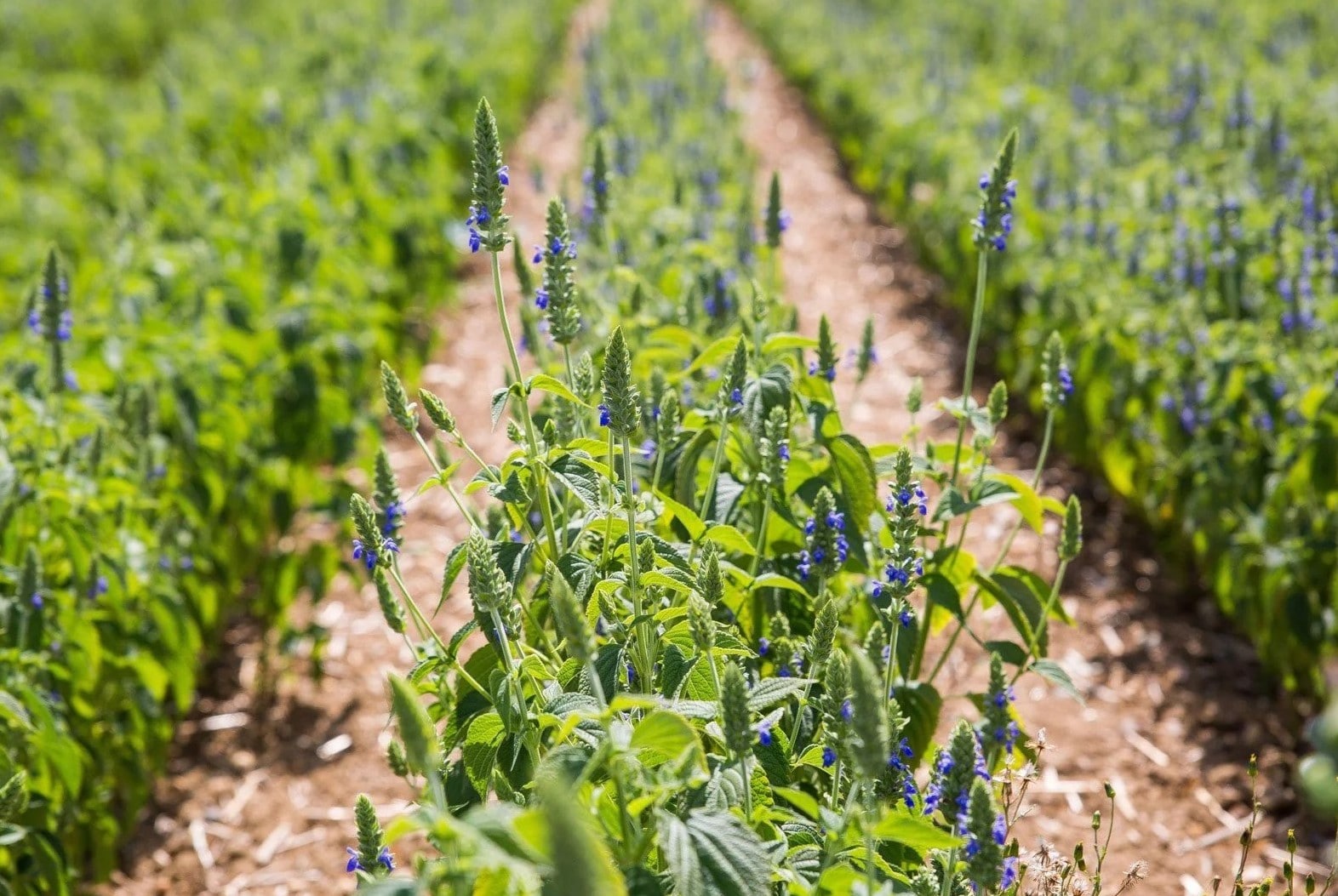
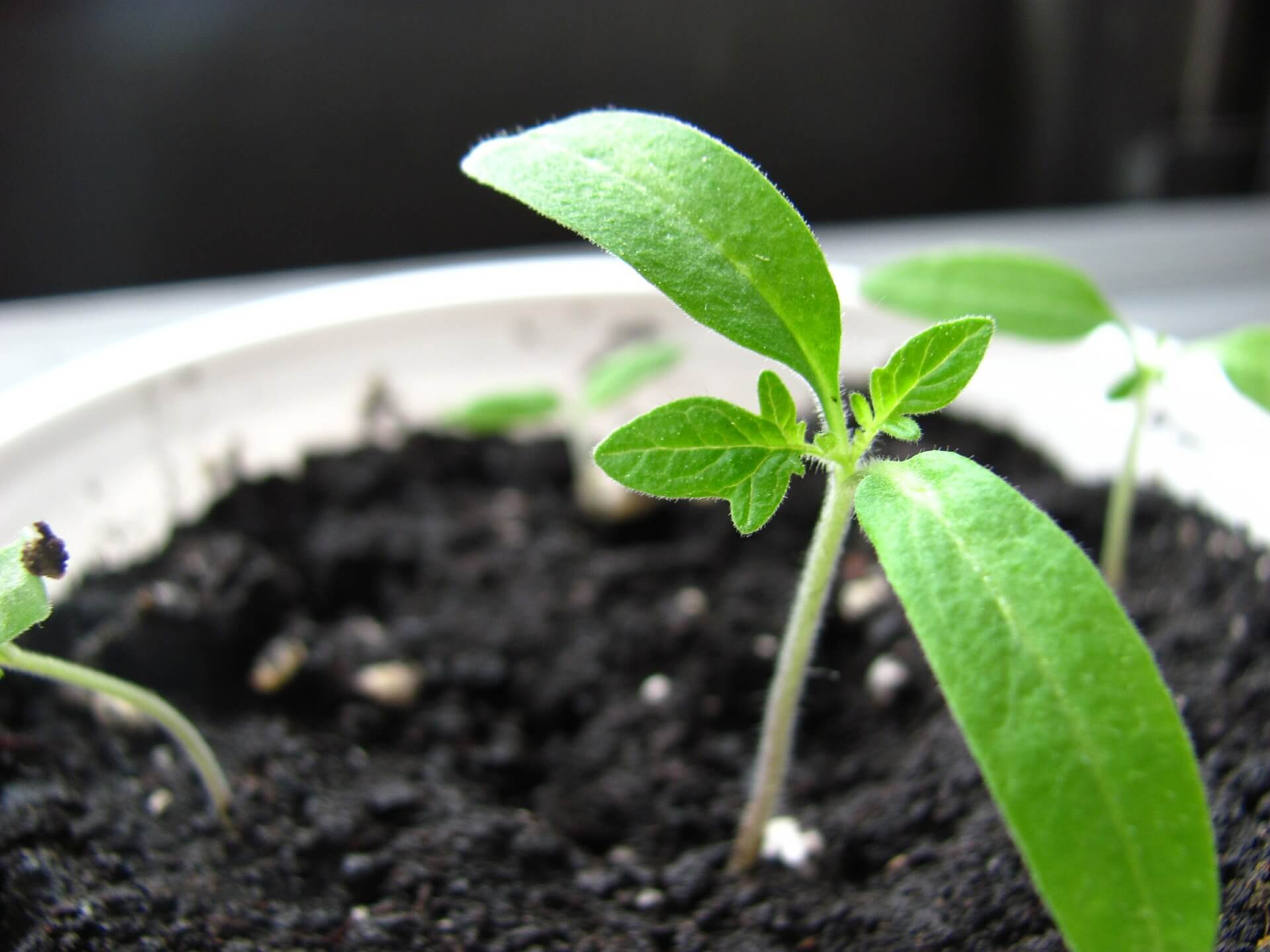
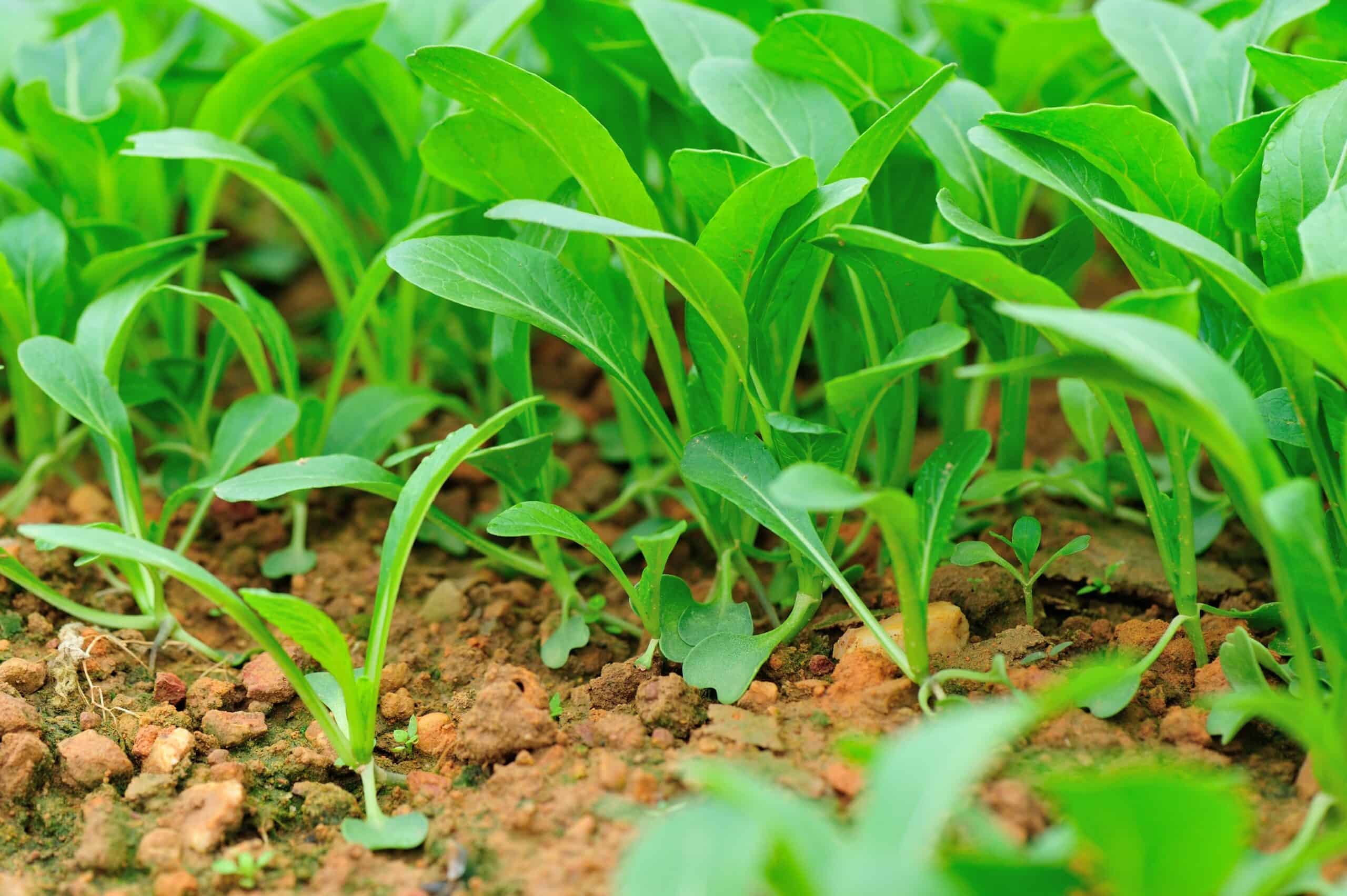
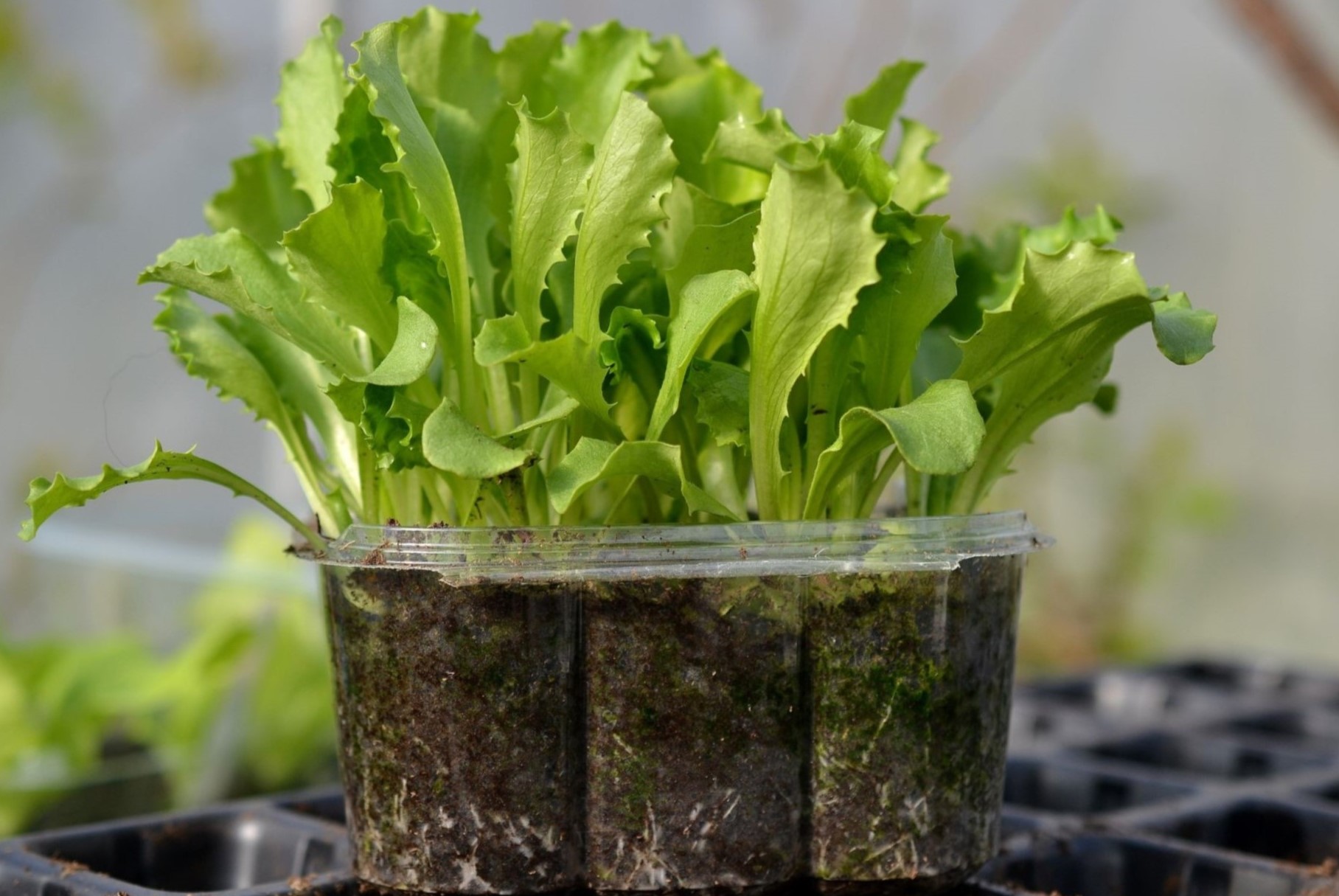
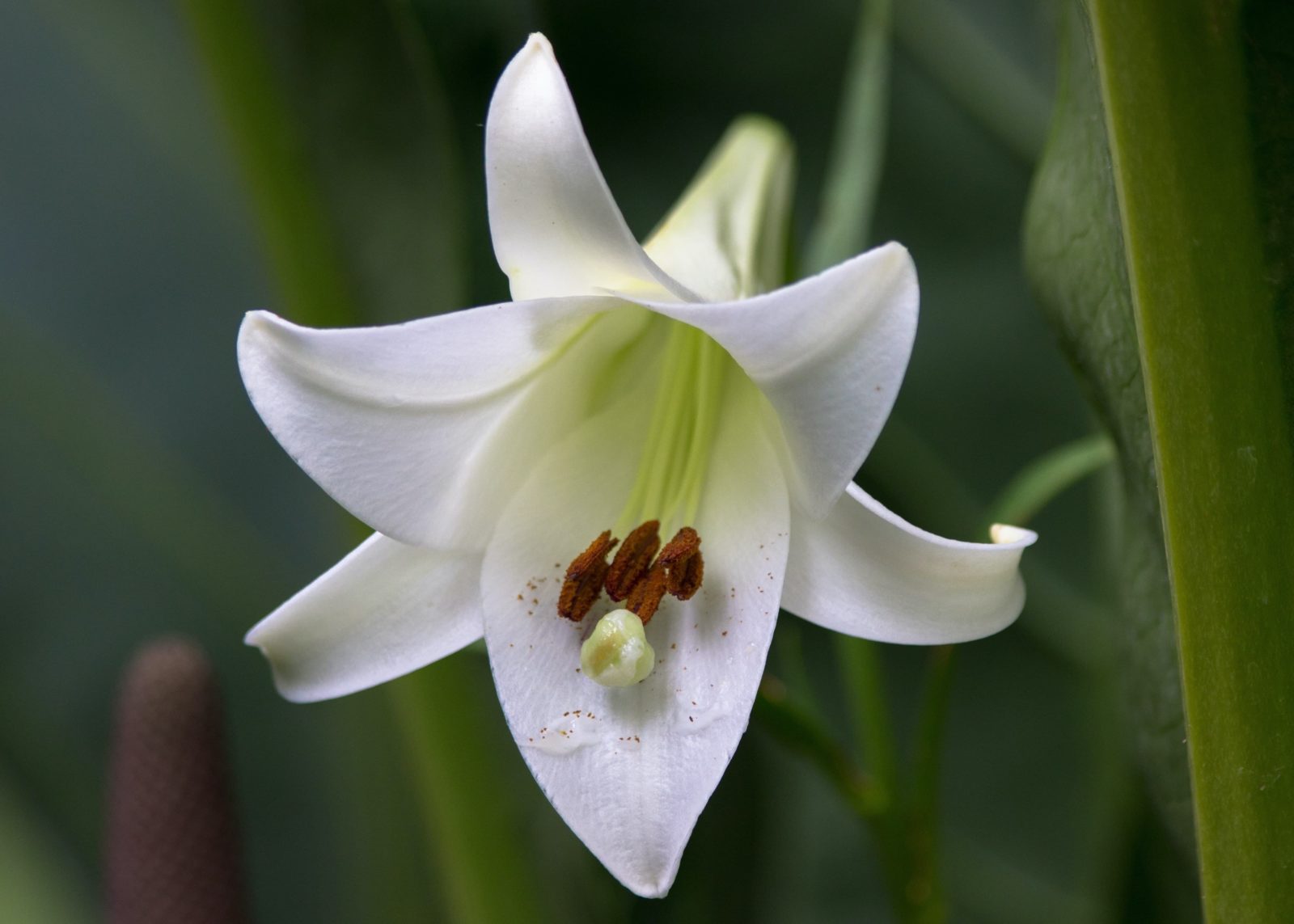
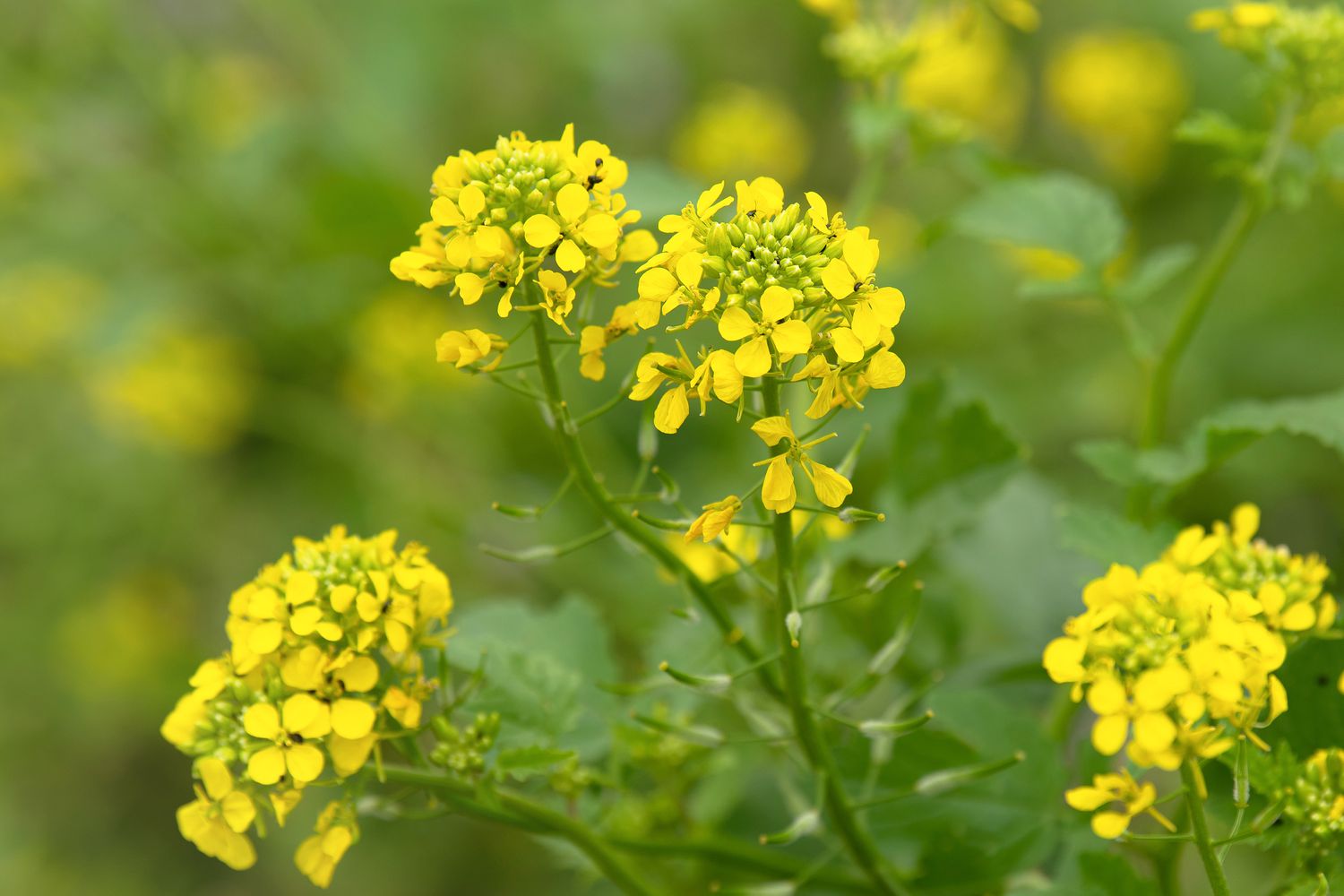
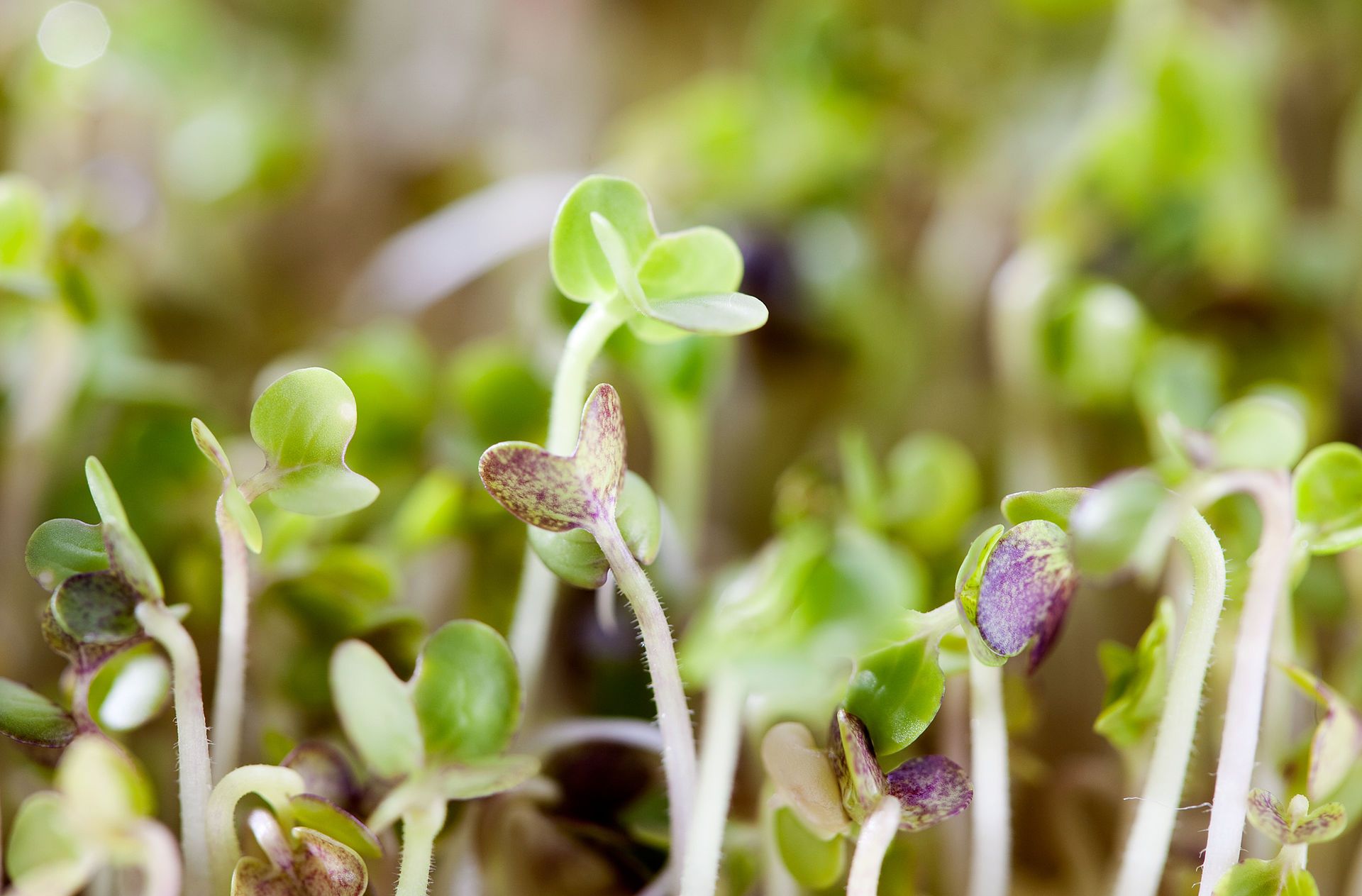
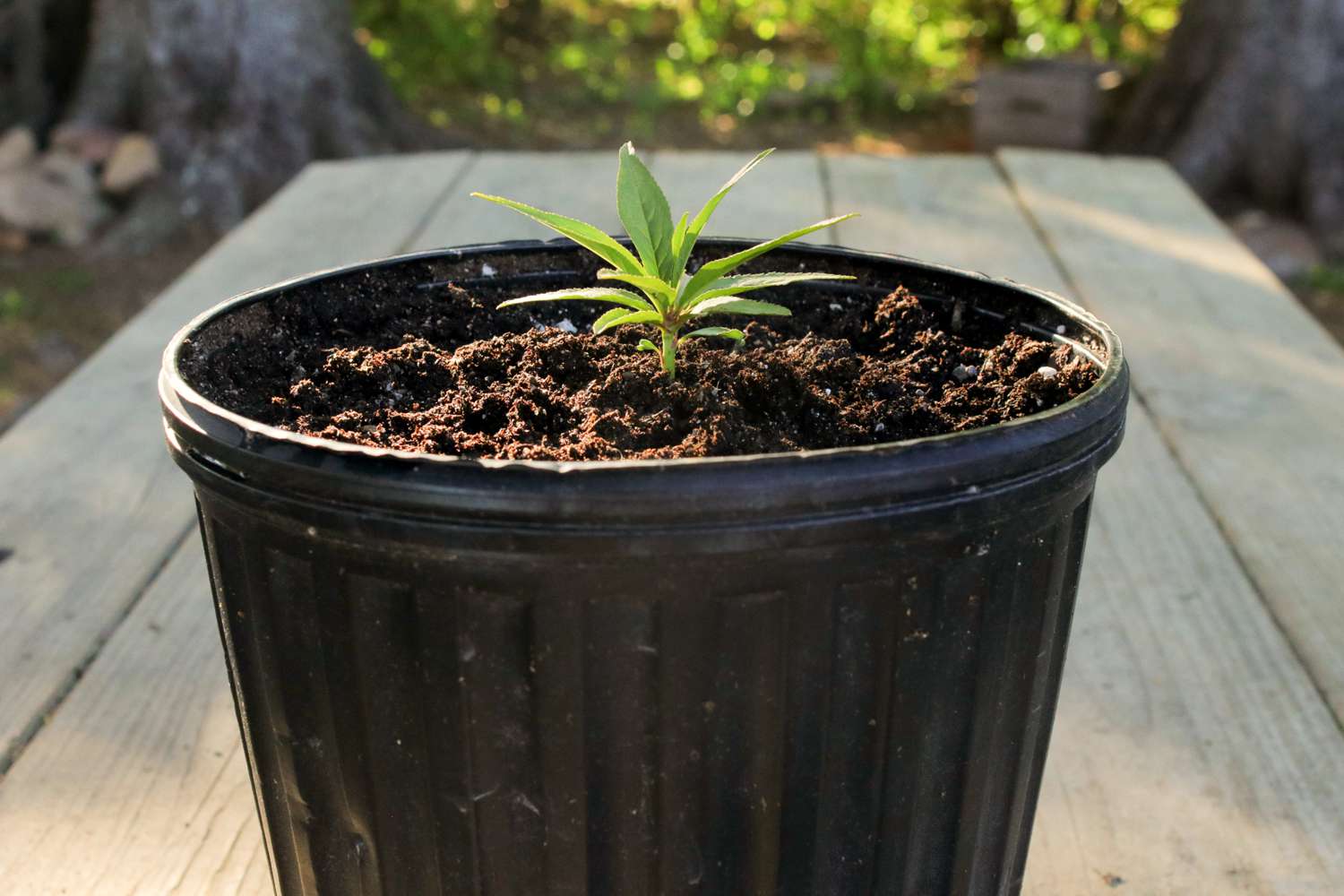
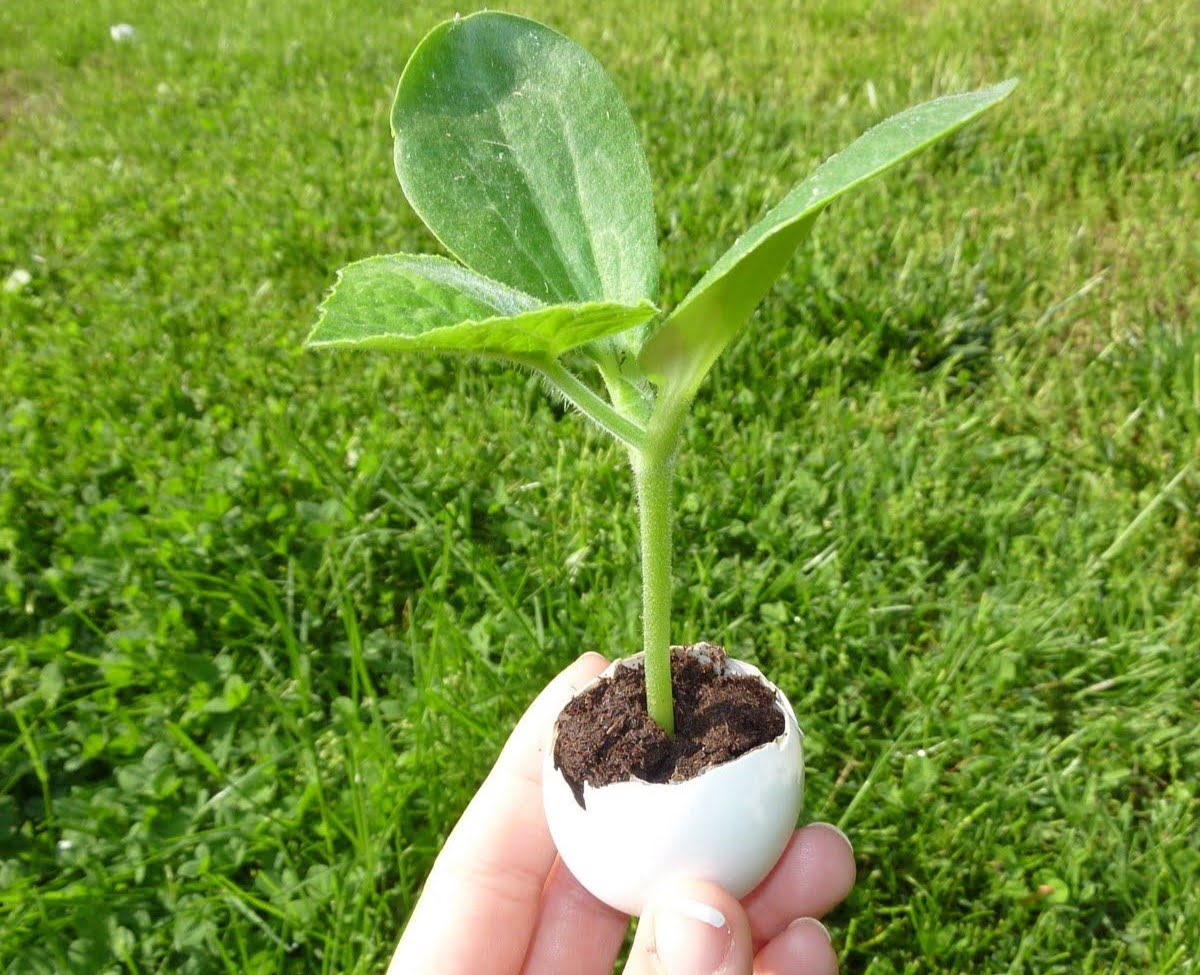

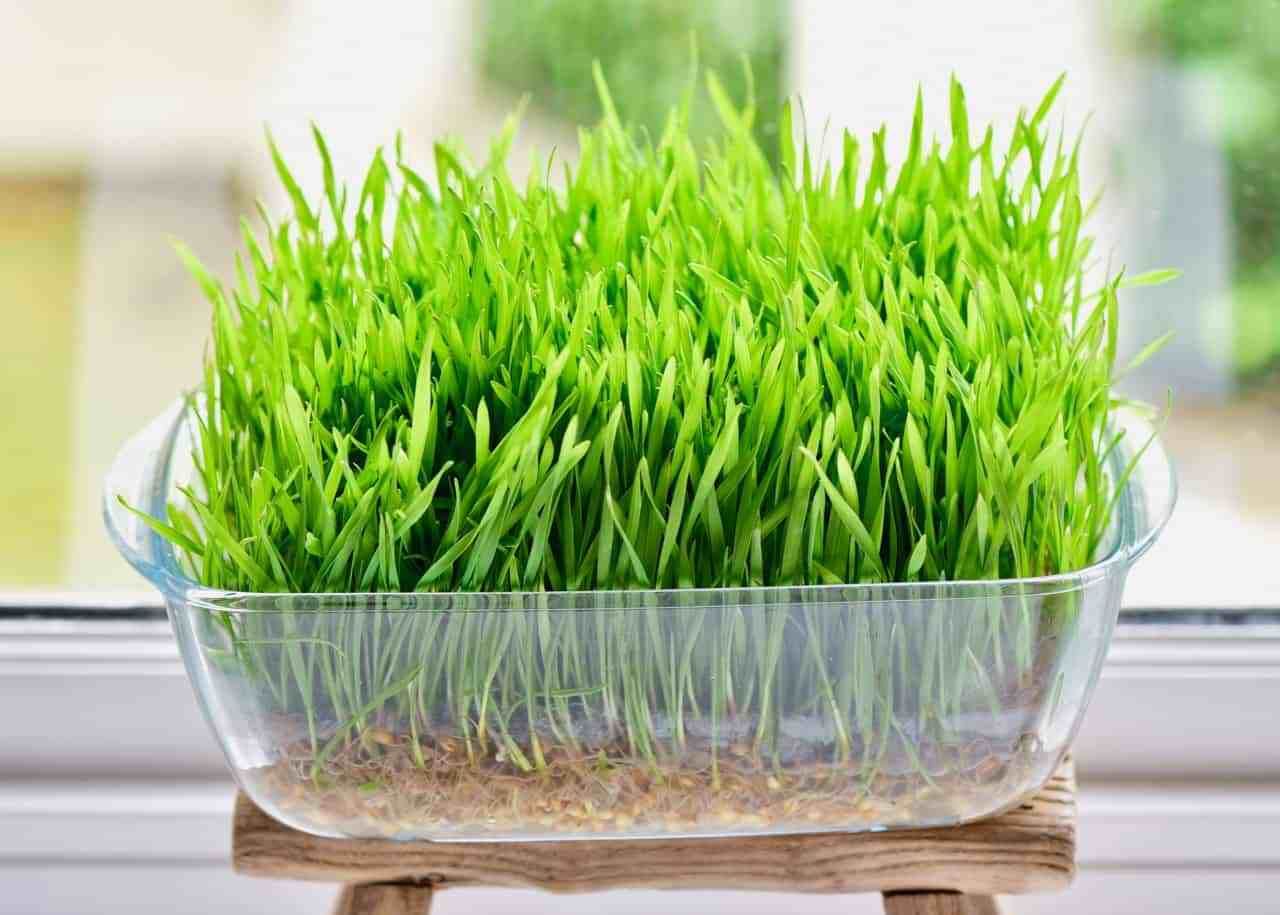

0 thoughts on “How To Grow Grass With Seeds”